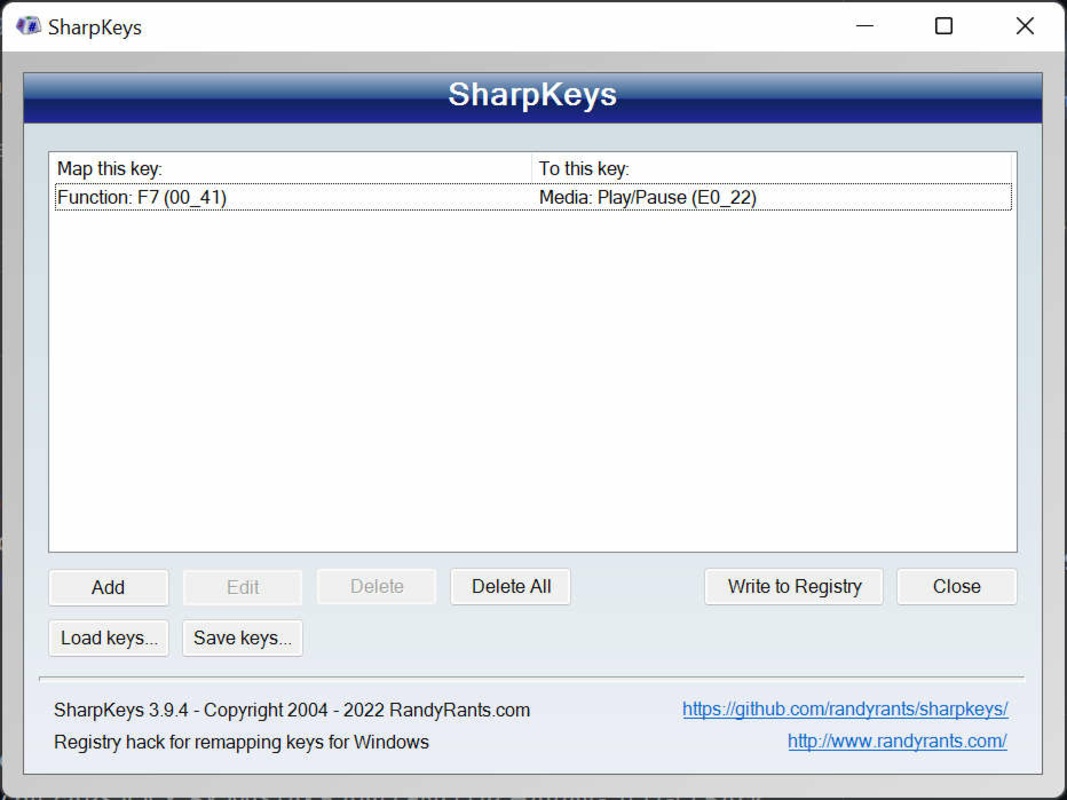Every small business team eventually hits that moment. You're proud of what you’ve built, your product solves a real problem, and yet—your pitch fizzles, your marketing lands flat, or no one remembers your name after the meeting.
The issue isn't your hustle. It's the language, the sequencing, the weight behind what you're saying.
Image via Pexels
Sales and storytelling aren’t magic tricks; they’re built on clarity, rhythm, and the ability to meet people where they are—fast. And the best part? You don’t need a huge budget to master it.
Find the angle, not the slogan
A pitch isn’t a tagline. It’s a mirror. When someone hears you talk about your business, they should see their own situation reflected back at them.
That means you can't wing it with boilerplate claims. You’ve got to tailor your messaging to each buyer’s goals.
This level of personalization doesn't require a research team—it just requires asking smarter questions and listening harder.
If you show someone you understand what’s blocking them, your pitch becomes less of a speech and more of a solution. That’s what lands.
It’s not what you say, it’s how you move
Energy matters. And when your tone is off—too aggressive, too vague, too canned—people don’t argue. They just disappear.
So much of what undermines a sales conversation happens under the surface. Microseconds of hesitation. A robotic delivery. Filler words that stack up like static.
Build awareness of your voice. Rehearse in real-time, not just in your head. Score yourself. Watch what happens when you slow down just enough to feel your words before they leave your mouth.
A tone and pacing that feels warm and grounded is more than a nicety—it’s a trust signal.
Layer in strategic learning
Some gaps can’t be filled with templates or hacks. If your team struggles with aligning strategy, communication, and leadership, no single campaign will fix it.
That’s where structured education can shift the baseline. Committing to a bachelor in business and management isn’t about a credential—it’s about operational clarity.
From framing offers to leading teams, these programs offer frameworks that help you connect the dots faster.
It’s not about theory; it’s about moving through real-world friction with more confidence and less guesswork.
Build from clarity, not chaos
Too many small teams try to "market" before they know what they're marketing. That’s a losing game.
Before you even touch a campaign, get uncomfortably specific about who you're for and why they should trust you.
You need a north star—not a list of buzzwords. Strip your offer to the bone. Then rebuild it around what makes your solution irreplaceable.
A good place to start? Write down your offer in a single sentence. Then rewrite it without jargon.
Now you're getting closer. Only then do you define audience value clarity in a way that supports scalable, smart strategy.
Market like your money matters
Let’s be blunt. You don't need $50,000 to make noise. You need rhythm, repeatability, and guts.
Marketing for small teams isn’t about launching everything—it’s about launching the right thing at the right moment with surgical focus.
Skip the bloated strategies and focus on marketing tactics that don’t drain your budget.
A well-timed referral program, a few strategic social posts, or a single punchy email campaign can outperform a flashy multi-channel mess. Don’t chase scale. Chase impact per dollar. That’s the game.
Channel chaos is a choice
The modern small team has more tools than time. Social. Email. Ads. SMS.
It's overwhelming—and when these efforts compete instead of collaborate, your brand gets blurry. Stop treating each channel like a separate world. Build connective tissue.
Reuse good messaging. Schedule cross-channel launches instead of isolated blasts.
When you combine social with strategic email outreach, your story gains weight, not just reach.
This is how you get remembered—and how you sell without sounding like you're selling.
Don’t sleep on AI—it’s not hype
AI isn't replacing you. It's promoting you. Tools that automate follow-ups, suggest subject lines, summarise calls, or outline landing pages aren’t just for big companies anymore. They’re reshaping how lean teams show up
. And the perception gap is real—buyers expect speed, personalization, and polish. If you can deliver that while staying human, you're unstoppable.
That’s why AI gives small businesses a competitive edge. It's no longer optional. It’s the difference between being overlooked and being in demand.
People don't remember features. They remember how something made them feel.
That means you’re not just pitching a solution—you’re constructing a rhythm, a pattern of attention and emotional movement that builds belief. Speak like a real person. Cut every second sentence if it doesn't do work. Invite curiosity, don’t demand attention.
And never forget: the way you tell your story is part of the story. When done right, your voice becomes a moat, not a megaphone.







